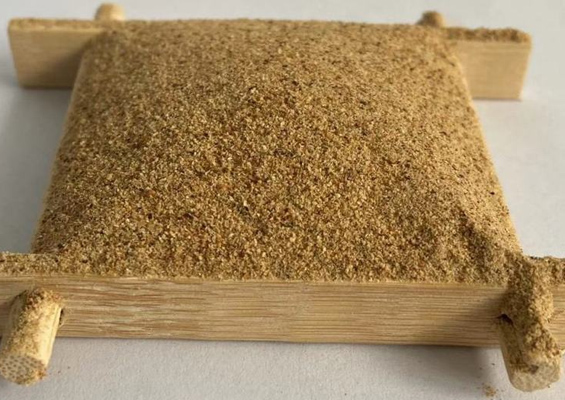
Palm is one of the cash crops commonly planted in Malaysia and Indonesia, and is also the pillar industry of the country. Palm is the second largest oil cash crop in the world, and it is full of treasure. Malaysia is the second largest palm planting country in the world, second only to Indonesia and third to Thailand. We can obtain crude palm oil (CPO) and palm meal (PE) from palm pulp through the process of high-temperature boiling, grinding and extraction; At the same time, in the process of crushing, the palm fruit (i.e. palm kernel) is separated, and then the shell is crushed and removed. The remaining nuts are extracted to obtain crude palm kernel oil (cpko) and palm kernel meal (PKE). The oil palm fruit contains two kinds of different oils, and palm oil is obtained from the pulp; Palm kernel oil is obtained from palm seed (kernel), of which the former is more productive. All of these products are effectively used in food, chemical, agriculture and other fields. So palm is a good economic plant.
Palm kernel meal route
It is a high-quality livestock feed with pure natural, additive and chemical components, which is suitable for the safe use of most livestock and can replace animal feed.
Characteristics of palm kernel meal
Livestock can quickly adapt to this feed product and can be freely fed without fear of any risk to the health of livestock.
Advantages of palm kernel meal
Genetically modified products are pure natural, mildewy and by-product with low crude fat content. In specific use, they can be classified as energy feed, and are an excellent source of fat. They also contain fiber suitable for rumen digestion, which can improve milk fat content and fattening. Although the content of acid resistant decontamination fiber (ADF) and neutral decontamination fiber (NDF) is relatively low, they will not replace the forage intake that is important to livestock (for example, the intake that increases the total amount of nutrients). They are rich in minerals such as phosphorus, copper, zinc and manganese, which can replace rice, rice meal or bran.
